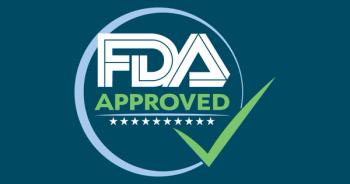
Social media use and binge eating in early adolescence
Susan Carnell, PhD explains social media addiction symptoms, but not time on social media, were cross-sectionally and prospectively associated with binge eating.
Susan Carnell, PhD, associate professor in the Division of Child and Adolescent Psychiatry at Johns Hopkins University School of Medicine, and co-author of the "Concurrent and prospective associations of social media usage with binge eating symptoms in early adolescence," publication in Obesity, recently discussed the link between social media use and the development of binge eating behaviors in adolescents.
Carnell and her team aimed to explore the impact of social media on eating disorders, focusing on how social comparison and content could drive body dissatisfaction.
"The reason we did this study is because we were interested to understand more about the effects on social media," Carnell explained. "We were particularly interested in eating disorders because we know that there is potential for social media to impact mental health, but perhaps particularly eating disorders, because of the certain content to do with social comparison, which could lead to body dissatisfaction and disordered eating."
The study utilized data from the Adolescent Brain Cognitive Development (ABCD) study, a large-scale, longitudinal project conducted across 21 sites in the United States. "They recruited a large number of children when they were 9 to 10 years old, and they've been following them every year," Carnell said. "We were able to use this data to look at the relationship between social media use, and we looked at both time spent using social media and also addictive behaviors around social media."
"Social media time, just time spent using social media, increased with age. So it was on average, about 1 hour a day, when children were 11 to 12 [years of age], and then it went up to over 2 hours when they were in adolescence," Carnell noted. "Actually the children who showed persistent binge eating, it went up to over 3 hours per day."
However, the researchers found a key distinction. "We actually didn't find that social media time, time spent on social media by itself, was associated with binge eating," Carnell explained. "However, those who had high levels of these addictive behaviors around social media at baseline were about 3.5 times more likely than those who had no addictive behaviors to develop binge eating by 14 to 15."
Carnell's research highlights the importance of addressing addictive social media behaviors in adolescents to mitigate the risk of developing disordered eating patterns. These findings suggest that while time spent on social media is not inherently harmful, the compulsive and addictive elements can contribute to the risk of disordered eating.
Reference:
Shi X, Duck SA, Jansen E, et al. Concurrent and prospective associations of social media usage with binge eating symptoms in early adolescence. Obesity (Silver Spring). 2024; 1-10. doi:10.1002/oby.24199
Newsletter
Access practical, evidence-based guidance to support better care for our youngest patients. Join our email list for the latest clinical updates.










